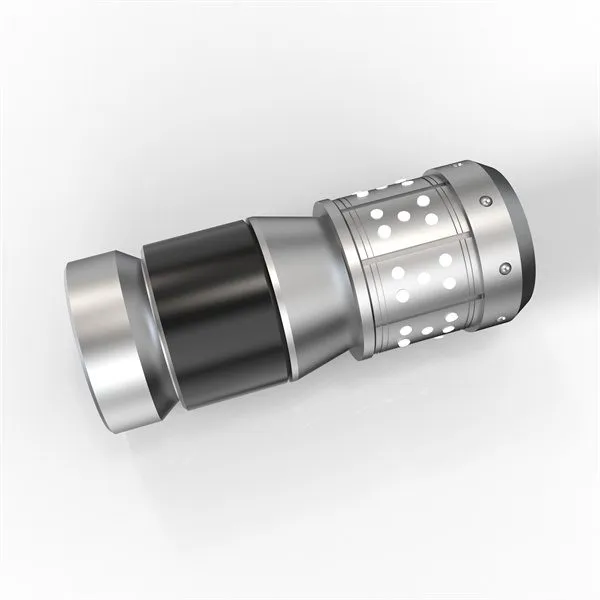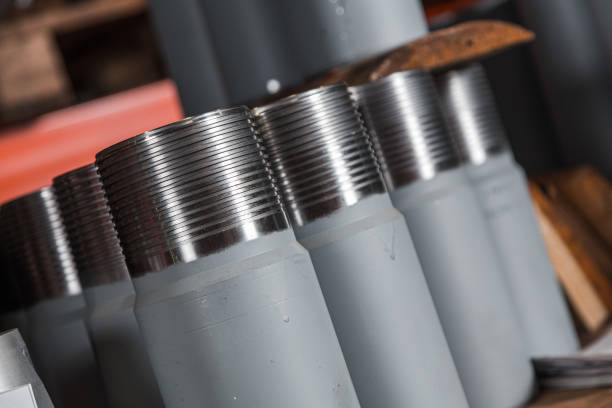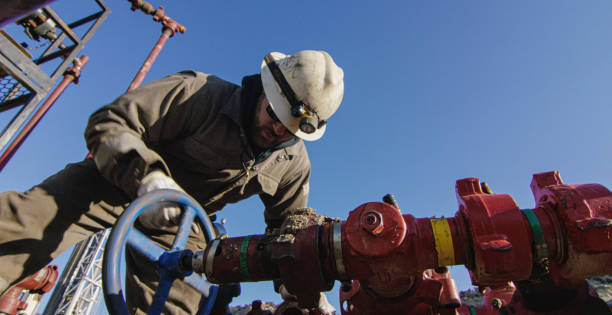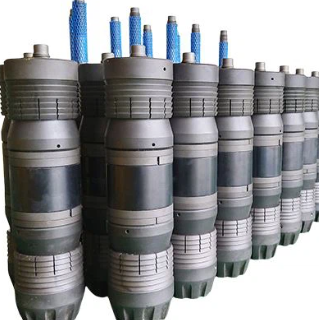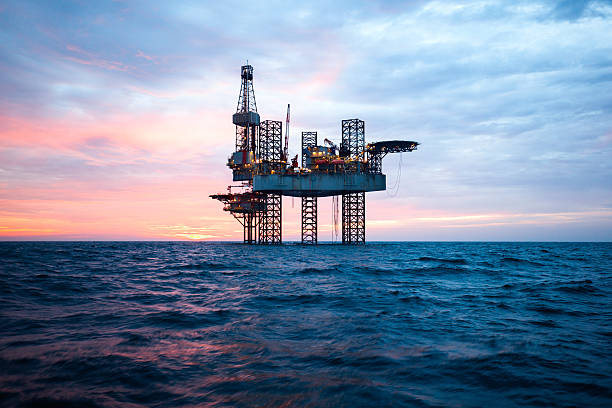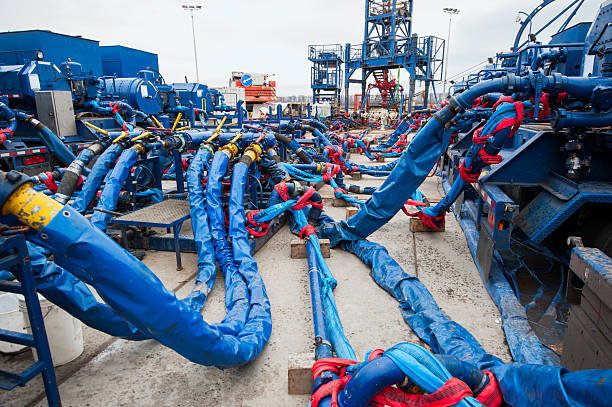
Fracking hose
The pulse under the deep well: the role of the fracking hose in the energy revolution

Against the backdrop of growing energy demand today, hydraulic fracturing, commonly known as “Fracking”, is undoubtedly one of the most controversial technologies in the past few decades. It releases shale oil and gas resources buried deep underground, bringing unprecedented energy independence opportunities to the United States and the world. However, in this complex system, few people pay attention to a low-key but crucial component – the fracking hose.
The fracking hose, like an artery, transports huge amounts of high-pressure fluids from surface equipment to deep underground shale layers, and is an indispensable intermediary in the hydraulic fracturing process. It not only needs to withstand extreme pressure, highly corrosive fluids and abrasive shocks, but also must ensure elasticity and stability during long-term operations. Just as humans rely on the vascular system to maintain life, the continuity and safety of fracking operations also rely to a large extent on these seemingly ordinary hoses.
What is a fracking hose?
A fracking hose is an industrial hose specially designed for high-pressure, high-flow rate liquid transportation. Its structure usually includes multiple layers of reinforcement materials: wear-resistant rubber lining, stainless steel or alloy braided layer, and corrosion-resistant outer coating. Each layer has its own function, which together ensures the performance and safety of the hose in the transportation of high-pressure liquids (mainly water, sand and chemical additives).
At the operation site, the fracturing hose needs to connect the pump truck and the wellhead equipment to form a high-pressure transmission network. A shale well may require multiple fracturing pump trucks to work together to deliver thousands of gallons of fracturing fluid per minute. The pressure resistance, temperature resistance and flexible layout capabilities of the fracturing hose determine the efficiency and stability of the entire system.
Material Game: Balance between Soft and Hard
Compared with traditional rigid pipelines, the flexible design of the fracturing hose makes it easier to deploy and transfer quickly, especially for the “fast-paced + high-turnover” development model of the shale gas industry. At the same time, how to integrate “strength” into “flexibility” has become a topic of material engineering.
The materials widely used in modern fracturing hoses include synthetic rubber, polyurethane coating, aramid fiber braided layer, etc. Take aramid, a material commonly used in bulletproof vests, for example. It gives the hose a tensile strength that is almost as strong as steel. At the same time, the inner wall is made of wear-resistant composite rubber, which can effectively resist the erosion caused by fracturing sand.
Some high-end products even adopt modular structural design, which can quickly replace hose sections and reduce downtime. In some complex terrain or remote fracturing operations, this flexibility brings considerable economic benefits.
Risks and challenges hidden underground
Although fracturing hoses are becoming increasingly mature in technology, they still face many challenges. The most important thing is how to ensure long-term stability under extreme conditions.
The first is the risk of high-pressure failure. Even the strongest hoses may wear, burst or even loosen joints under long-term and high-frequency use. Any small leak may cause high-pressure liquid to spray out, endangering the safety of workers on site.
The second is the problem of environmental pollution. Once the hose breaks or the joint seal fails, the fracturing fluid containing chemical additives may seep into the soil and groundwater. This is also the most criticized part of Fracking by environmentalists. Although modern hoses have made great improvements in sealing design, “zero leakage” is still an ideal goal rather than a universal reality.
The delicate balance in technological innovation
In recent years, with the rise of the concept of “smart oil and gas fields”, some manufacturers have begun to try to integrate sensors into fracturing hoses to achieve real-time monitoring of data such as temperature, pressure, and flow rate. These “smart hoses” can provide instant warnings when the system is abnormal, provide data support for field engineers, and avoid accidents.
However, intelligence means higher costs and more complex maintenance processes. In an industrial chain that pursues high efficiency and low cost, whether this technology can be popularized on a large scale still requires dual verification of economy and technology.
The role played in the future of energy
Although the fracturing hose is small, it links the future of energy. In the transition period when renewable energy has not completely replaced fossil fuels, Fracking will still be an important pillar of the energy strategy of many countries. How to make this process more efficient and environmentally friendly depends on the optimization of every detail.
The fracturing hose is the underestimated but crucial “capillary” in this system. It does not produce energy, but it can determine whether the energy can be released safely and efficiently. Its technological progress is not only a reflection of the level of industrial manufacturing, but also reflects the wisdom of human beings in finding a balance between technology and the environment.
The development of industrial civilization always starts from invisible places. Perhaps the next time you hear “Fracking”, you might as well remember these “hoses” that silently bear pressure and risks. It is they that allow resources from deep wells to jump to the surface and illuminate our lights. However, on the road to pursuing energy, we should also remember that the life of each hose is a test given to us by the earth.


